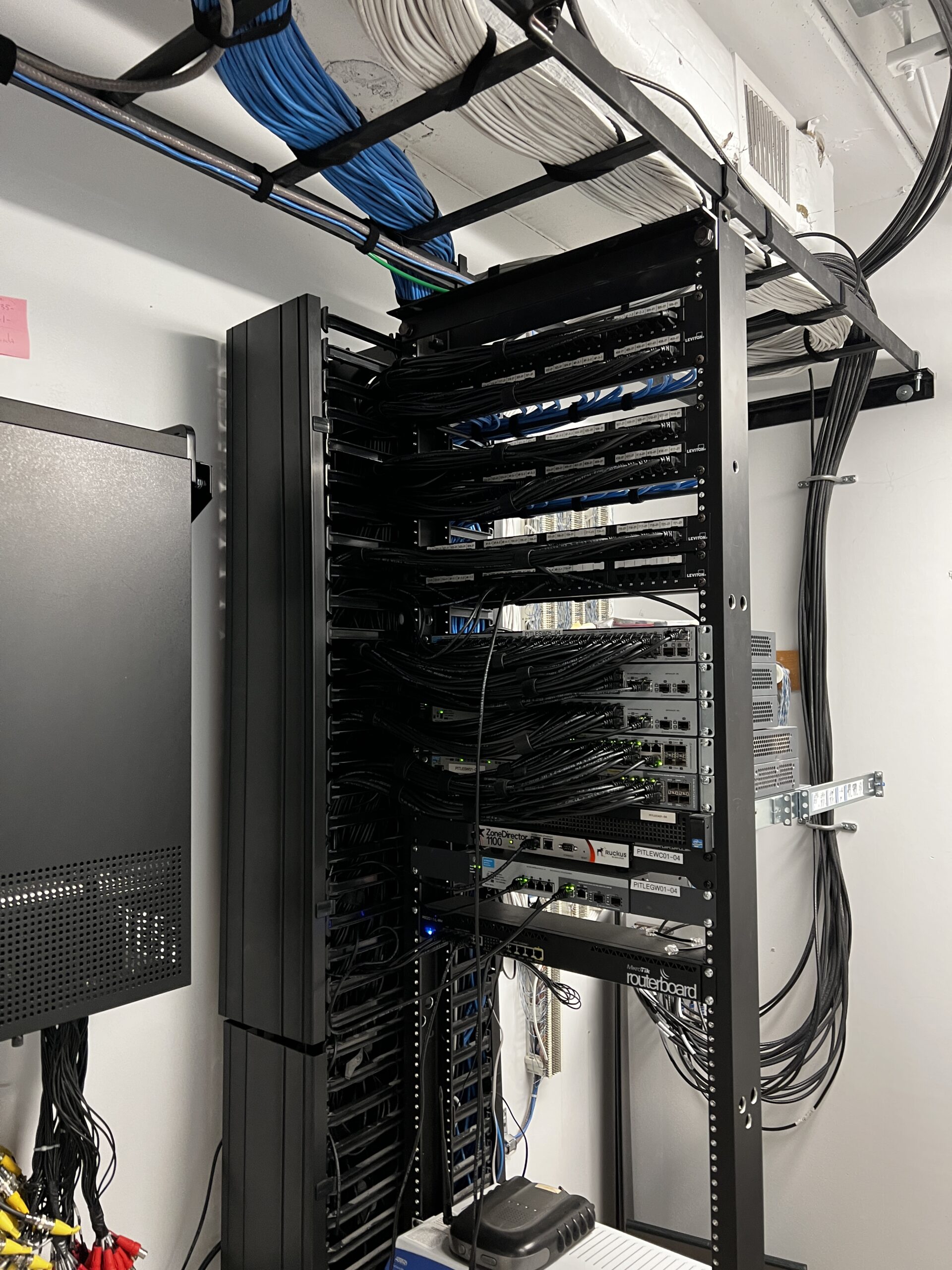In today’s hospitality industry, offering robust and reliable Wi-Fi is as essential as providing clean rooms and comfortable beds. Guests expect seamless connectivity throughout the hotel, whether they are in their rooms, the lobby, or any other public area. To meet this expectation, proper access point (AP) placement is crucial. This guide outlines best practices for optimizing AP placement to ensure strong Wi-Fi coverage across your hotel.
1. Conduct a Thorough Site Survey
Before placing any access points, it’s vital to conduct a detailed site survey. This process helps you understand the hotel’s layout, identify potential interference sources, and determine the best locations for APs. A site survey should include:
- RF Mapping: Measure the existing Wi-Fi signal strength throughout the hotel to identify dead zones and areas with weak coverage.
- Interference Detection: Identify sources of interference, such as microwaves, elevators, or thick walls that can impact signal strength.
- Guest Usage Patterns: Consider where guests are most likely to use Wi-Fi, such as guest rooms, conference rooms, and dining areas.
2. Understand the Hotel’s Layout and Construction
The physical structure of your hotel plays a significant role in Wi-Fi performance. Consider the following when planning AP placement:
- Building Materials: Concrete, metal, and brick walls can significantly weaken Wi-Fi signals. Place APs strategically to minimize the impact of these materials.
- Room Density: In high-density areas like conference rooms or ballrooms, more APs may be needed to handle the number of connected devices.
- Floor Layout: For multi-story hotels, ensure that APs on different floors do not overlap too much, causing interference. Stagger AP placement between floors to avoid signal congestion.
3. Optimize Access Point Placement
The placement of access points is critical to maximizing coverage and minimizing interference. Follow these guidelines:
- Centralized Location: Place APs centrally in high-traffic areas to maximize coverage. Avoid placing them at the ends of hallways or in corners where signal reach is limited.
- Height Matters: In high-ceiling areas, avoid placing APs directly on the ceiling if possible. Instead, mount them closer to the ground or on walls to ensure that the signal reaches users effectively. Lower placement can also help reduce interference in areas with high ceilings, such as lobbies or convention spaces.
- Minimize Obstacles: Avoid placing APs near metal objects, thick walls, or other obstacles that can block or reflect signals. If necessary, use external antennas to direct the signal around obstacles.
4. Consider Different Wi-Fi Bands
Modern Wi-Fi operates on multiple bands, primarily 2.4 GHz, 5 GHz, and 6 GHz. Each has its strengths and weaknesses:
- 2.4 GHz Band: This band has a longer range but is more prone to interference due to its limited number of channels and overlap with non-Wi-Fi devices. Use this band in areas where range is more critical than speed, such as in guest rooms with fewer devices.
- 5 GHz Band: Offering higher speeds and more channels, the 5 GHz band is ideal for high-traffic areas like conference rooms and lobbies. However, it has a shorter range, so you may need more APs to cover larger areas.
- 6 GHz Band: If your hotel supports Wi-Fi 6E, the 6 GHz band offers even more capacity and less interference. Consider this band for future-proofing your network in areas with high device density.
5. Use Proper AP Density
The number of APs required depends on the hotel’s size, layout, and expected number of connected devices. Overloading an area with too many APs can cause interference and reduce performance. Instead:
- Balance Coverage and Capacity: Place enough APs to ensure coverage but avoid overlapping signals from adjacent APs. Each AP should handle a reasonable number of devices without overwhelming the network.
- Plan for Peak Usage: Consider the maximum number of devices that will be connected simultaneously, such as during conferences or large events. Ensure that your network can handle peak usage without degrading performance.
6. Leverage Advanced Features
Modern APs come with features that can enhance Wi-Fi coverage and performance. Utilize these technologies:
- Band Steering: This feature automatically directs devices to the less crowded 5 GHz or 6 GHz bands, reducing congestion on the 2.4 GHz band.
- Beamforming: Beamforming technology focuses the Wi-Fi signal directly towards connected devices, improving signal strength and reducing interference.
- Mesh Networking: In larger hotels or areas where wiring is difficult, consider using mesh networking to extend coverage without the need for additional wiring.
7. Regularly Monitor and Adjust the Network
Wi-Fi networks are dynamic, and guest usage patterns can change over time. Regularly monitor your network’s performance and make adjustments as needed:
- Analyze Usage Data: Use network management tools to track which APs are handling the most traffic and identify areas with coverage gaps or congestion.
- Adjust Power Levels: If APs are too close to each other, reduce their power levels to minimize interference. Conversely, increase power levels in areas with weak coverage.
- Schedule Updates: Regularly update your APs’ firmware and adjust settings based on the latest best practices and guest feedback.
8. Consider Future-Proofing
As the demand for faster and more reliable Wi-Fi continues to grow, it’s essential to plan for the future:
- Plan for Wi-Fi 6/6E: If your hotel hasn’t yet upgraded to Wi-Fi 6 or 6E, consider doing so to support higher device densities and faster speeds.
- Scalability: Ensure that your network can easily expand as your hotel grows or as guest expectations change.
Conclusion
Proper access point placement is the foundation of a reliable hotel Wi-Fi network. By conducting thorough site surveys, understanding your hotel’s layout, optimizing AP placement, and regularly monitoring your network, you can provide guests with the strong, seamless Wi-Fi experience they expect. Investing in the right technology and practices today will help you stay ahead of guest demands and future-proof your hotel’s connectivity.

